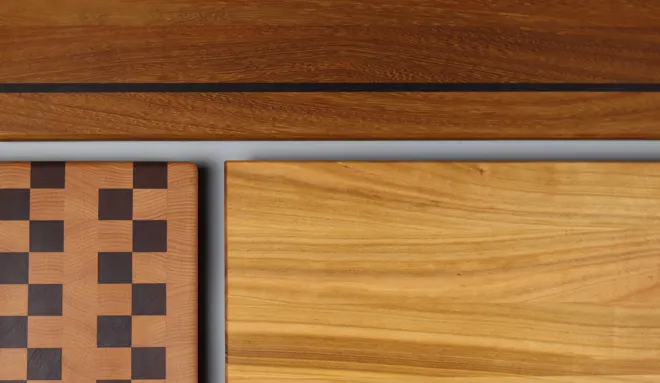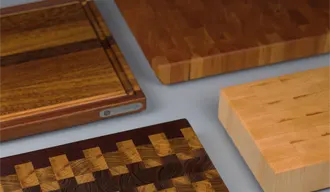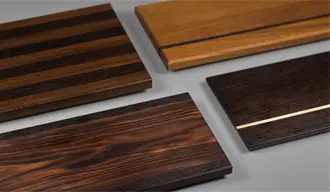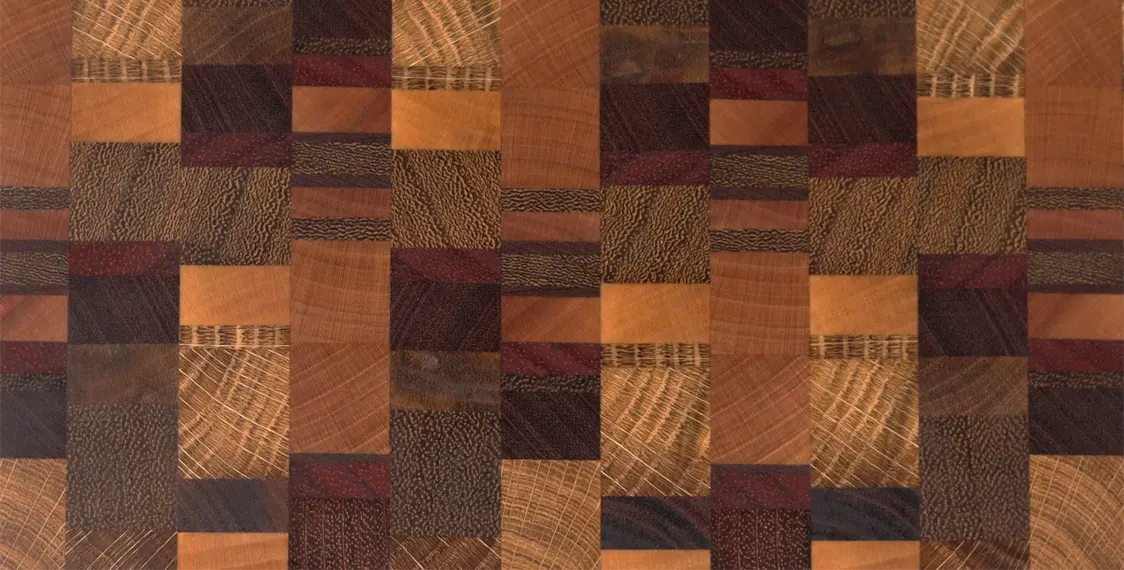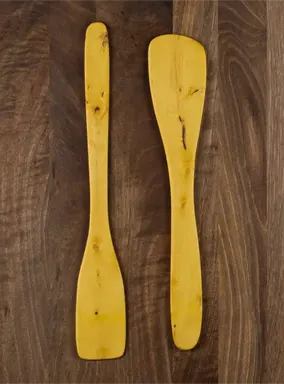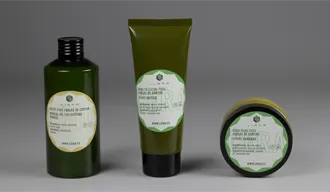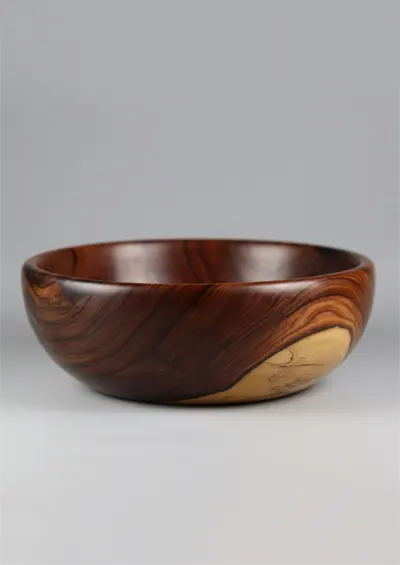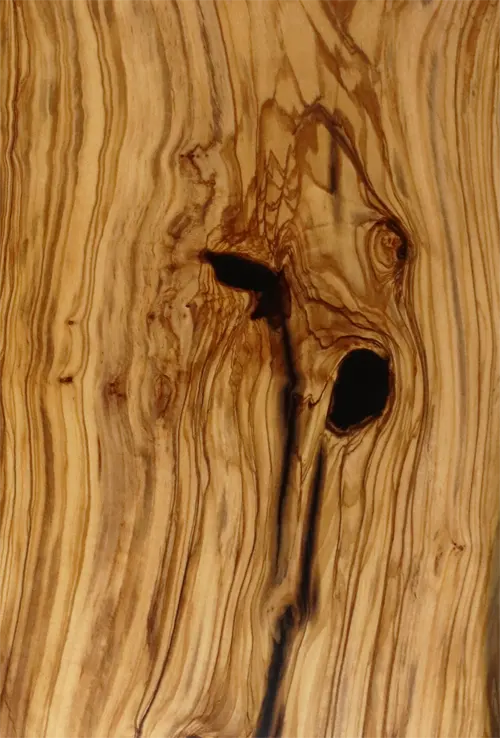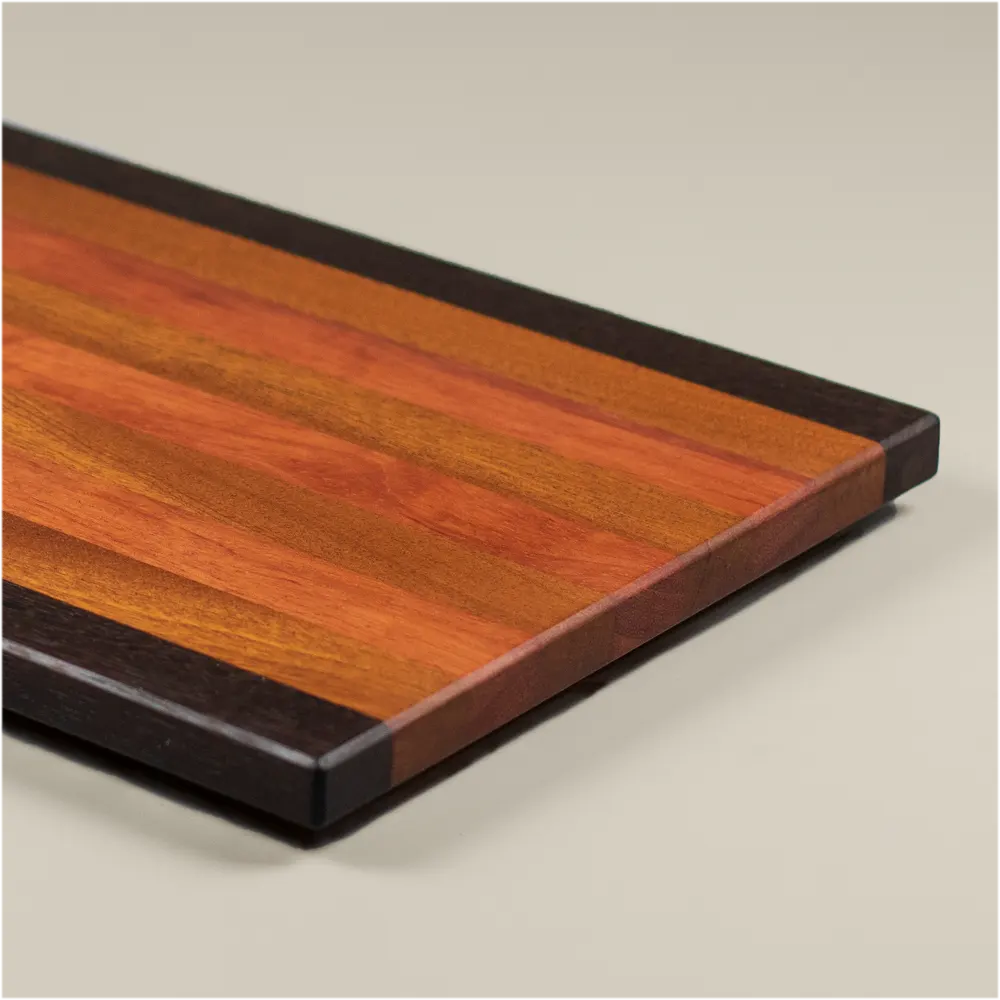Bubinga Wood: Uses and Characteristics
Bubinga wood, known for its extraordinary hardness and attractive appearance, is one of the most exotic and prized woods in high-end joinery.
This wood comes from trees of the genus Guibourtiawhich are found in the tropical regions of Africa.
The following are the main characteristics of bubinga wood and its most common uses in various applications.
What is Bubinga Wood?
Bubinga wood is a tropical wood that comes from species such as Guibourtia tessmannii and Guibourtia demeusei, native to Central and West Africa.
It is characterized by its reddish color, which can vary from a light pinkish brown to a dark purple with black or brown veins that form striking and unique patterns.
This wood is known for both its aesthetic beauty and strength, making it a popular choice in fine cabinetmaking and luxury joinery.
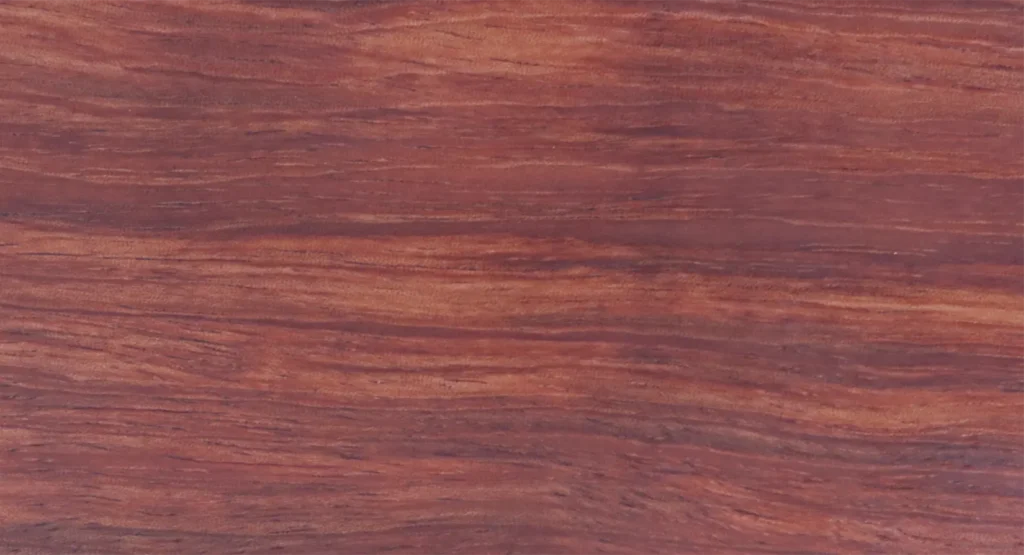
Bubinga Wood Properties
Hardness and Density
Bubinga is an extremely dense wood, with a density ranging from 850 to 950 kg/m³. This makes it resistant to wear, impact and marks, making it an excellent choice for work surfaces and heavy-duty furniture.
Natural Durability
This tropical wood has excellent natural resistance to fungi and insects, making it suitable for both indoor and outdoor applications.
Aesthetics
The grain of bubinga is generally straight or slightly interlocked, which, combined with its colorations, creates very attractive patterns. This wood is often compared to mahogany for its elegance, although it has a denser and more striking grain.
Ease of Work
Despite its hardness, bubinga is relatively easy to work, responding well to sanding and polishing. In addition, it can accept high-gloss and high-end finishes, which further enhances its vibrant colors and attractive grain.
Technical characteristics of Bubinga wood
| Property | Approximate value |
|---|---|
| Scientific name | Guibourtia demeusei, Guibourtia tessmannii o Guibourtia pellegriniana |
| Botanical family | Fabaceae (Leguminosae) |
| Colour | Reddish brown to purple, with dark veins, sometimes with wavy or flamed figures |
| Texture | Fine to medium |
| Grain | Usually straight, occasionally braided |
| Hardness (Janka) | 2,410 lbf (≈ 10.720 N) |
| Density | 880–990 kg/m³ (heavy wood) |
| Natural durability | High; resistant to fungi and moderately resistant to insects |
| Dimensional stability | Good; presents low movement |
| Ease of work | Moderate; may dull tools due to its density and silica content |
| Surface finish | Excellent: supports glossy polishes, varnishes and oils |
| Common uses | Luxury cabinetmaking, decorative veneers, musical instruments, tables, cutlery, inlays |
Uses of Bubinga Wood
High-end furniture: Thanks to its beauty and resistance, bubinga is widely used in the manufacture of high quality furniture. Tables, chairs, cabinets and shelving made from bubinga offer luxurious aesthetics and long-term durability. In addition, its ability to resist wear and tear makes it ideal for heavy-duty furniture.
Musical Instruments: Bubinga is a popular wood in the manufacture of musical instruments, such as guitars and drums, due to its ability to produce a warm, rich resonance. Its dimensional stability and ability to maintain its shape under pressure make it suitable for components such as fingerboards and instrument bodies.
Cutting Boards and Kitchen Utensils: The density and strength of bubinga wood make it an excellent choice for the manufacture of cutting boards and other kitchen utensils.
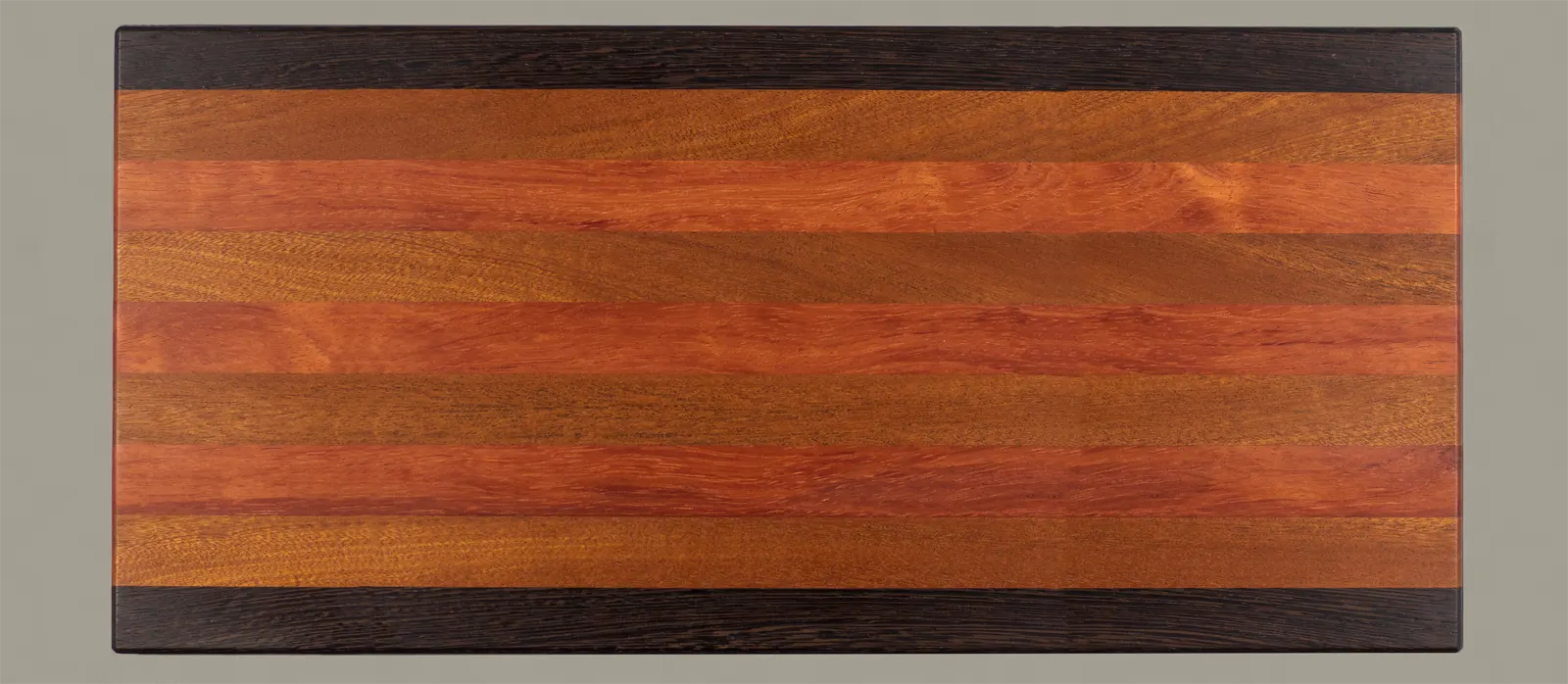
Its durability and low porosity make it resistant to deep cuts and constant contact with moisture, which helps to maintain hygiene in the kitchen.
Decorative veneers and fine carpentry: Bubinga is frequently used in the manufacture of decorative veneers and high-end carpentry. These veneers are applied to furniture, paneling and interior paneling, adding a touch of luxury.
Bubinga Wood Advantages and Considerations
Advantages:
- Unique aesthetics: Bubinga wood has an attractive grain and vibrant colors that make it a popular choice for projects that seek to stand out visually.
- High resistance: Its density and durability make it resistant to wear, impact and damage due to intensive use, making it ideal for furniture and surfaces that require resistance.
- Ease of workability: Bubinga is relatively easy to work and can accept high quality finishes even though it is a hardwood.
Considerations:
- High cost: Given its rarity and exceptional properties, bubinga is a very expensive wood, which limits its use to luxury or high-end projects.
- High weight: The high density of bubinga wood makes it heavy, which can be a consideration in certain carpentry or furniture projects.
- Shortages: Bubinga has recently been subject to international trade restrictions, so its accessibility is reduced to the stock available prior to the entry into force of these restrictions.
Conclusion
Bubinga wood is a premium choice for those seeking a combination of aesthetics, strength and durability in their cutting boards. Whether in high-end furniture, musical instruments or cutting boards, this wood offers unmatched beauty and exceptional longevity.
Although its cost can be very high, bubinga’s unique properties make it a valuable investment for luxury woodworking and design projects.
Visit our unique boards section where you can find boards made with bubinga on a regular basis.
Our products with Bubinga wood
-
 SplendidaPrice range: € 160,00 through € 180,00
SplendidaPrice range: € 160,00 through € 180,00
FAQ – Frequently Asked Questions About Bubinga Wood
What is bubinga wood and where does it come from?
Bubinga wood comes from several species of the Guibourtia genus, native to equatorial Africa, especially countries like Gabon, Cameroon, and the Congo. It is known for its exotic color and hardness and is often compared to rosewood.
What does bubinga wood look like?
Bubinga stands out for its reddish to purple tones, with very pronounced dark veins and sometimes spectacular visual effects such as flamed, wavy, or even “bird’s-eye” patterns. It is one of the most striking and aesthetically appreciated woods.
What is bubinga wood used for?
It is used in fine cabinetmaking, high-value furniture, musical instruments (such as guitars, basses, and drums), knife handles, decorative veneers, and inlays. It is also used as a substitute for rosewood.
Is it a resistant wood?
Yes. Bubinga has a high density and a Janka hardness of approximately 2,410 lbf, making it highly resistant to wear and impact. It also has good durability against fungi and moderate resistance to insects.
Can bubinga wood be used outdoors?
Although it’s durable, its use outdoors is not common due to its high value and the fact that it can fade in the sun. If used outdoors, it must be properly treated and protected with UV-resistant finishes.
Is bubinga wood easy to work with?
Not quite. Its high density and silica content can quickly dull tools. It requires sharp carbide tools and some experience, but the effort is rewarded with a spectacular finish.
What care does bubinga wood require?
To maintain its color and shine, it is recommended to apply natural oils or waxes and avoid prolonged exposure to direct sunlight, which can dull its color. Sanding and polishing should be done carefully due to its hardness.
Is it a sustainable wood?
Bubinga extraction is regulated in many African countries. Some species are listed on CITES, so their commercialization requires traceability and certification. It is important to purchase it from responsible and legal sources.
Is bubinga wood expensive?
Yes. Due to its beauty, hardness, and limited availability, bubinga is one of the most expensive tropical hardwoods. Its price is comparable to that of high-end rosewood or mahogany.
Is bubinga wood suitable for musical instruments?
Absolutely. Its density, rigidity, and visual beauty make it an excellent choice for guitars, basses, snare drums, and other string and percussion instruments, offering good resonance and outstanding aesthetics.
Otras entradas del blog
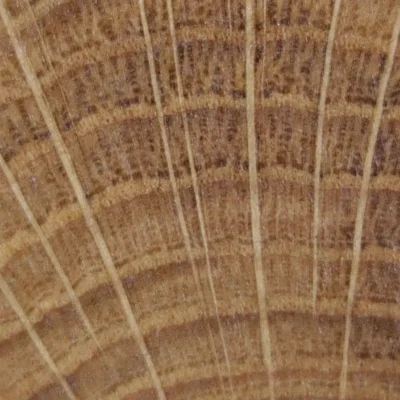
Which woods are antibacterial?
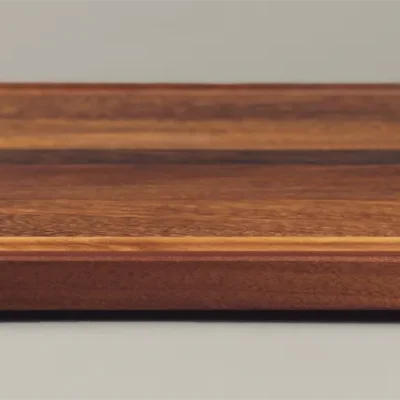
Barbecue boards, what to take into account
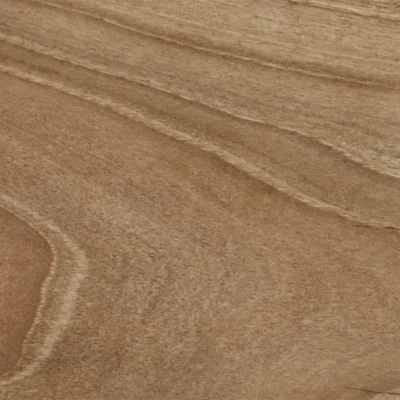
Solid Wood: Complete Guide
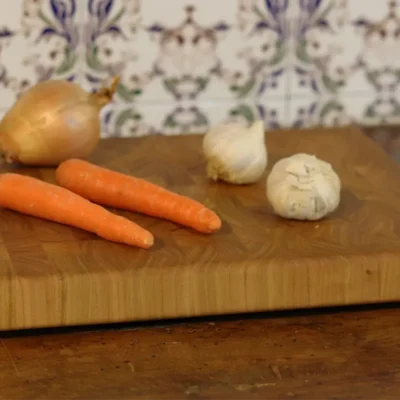
What is the best cutting board?
Nuestras tablas de cortar:
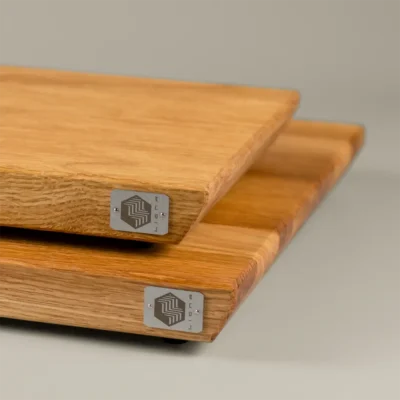
Linea
Oak oak cutting board
Linea
Oakoak cutting board
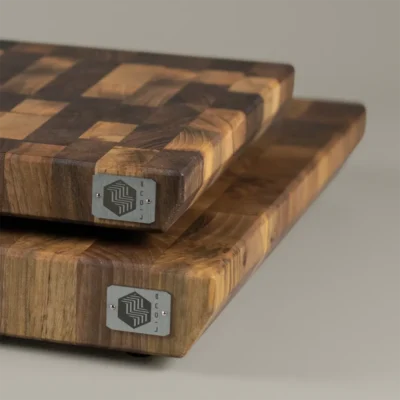
Pura
Walnut walnut butcher block
Pura
Walnutwalnut butcher block
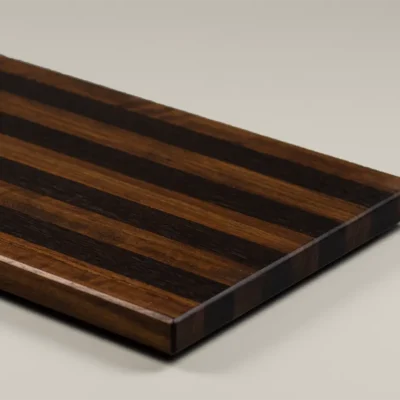
UMBRA
serving board

Pura
Walnut walnut butcher block
Pura
Walnutwalnut butcher block
